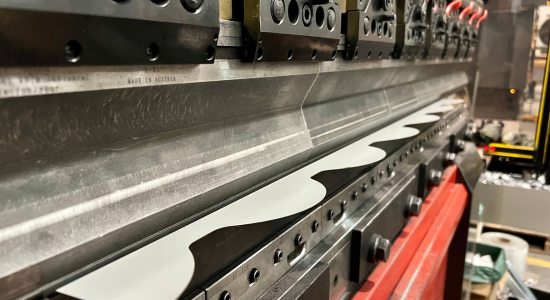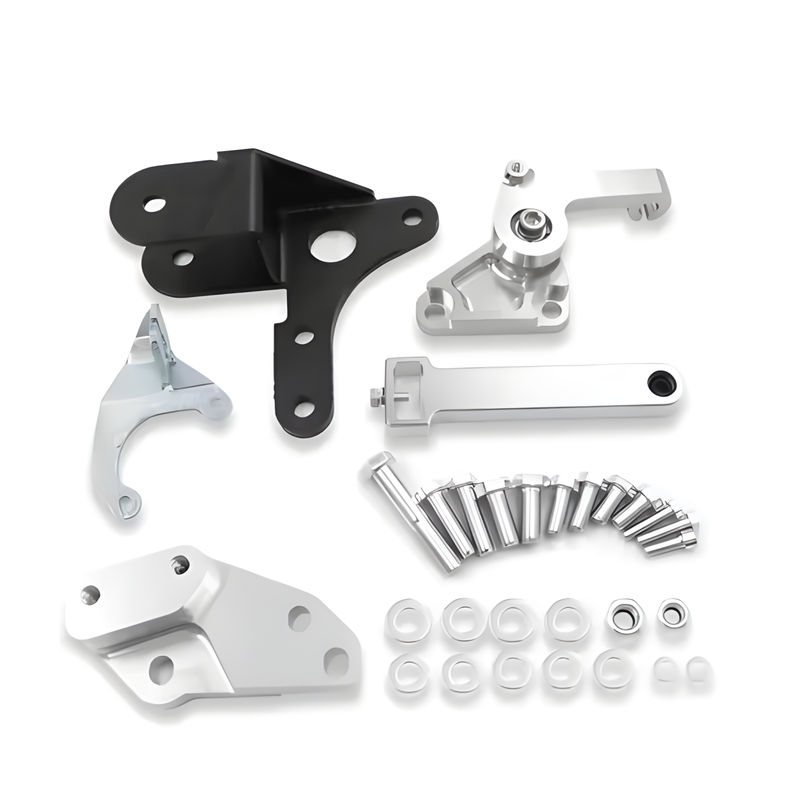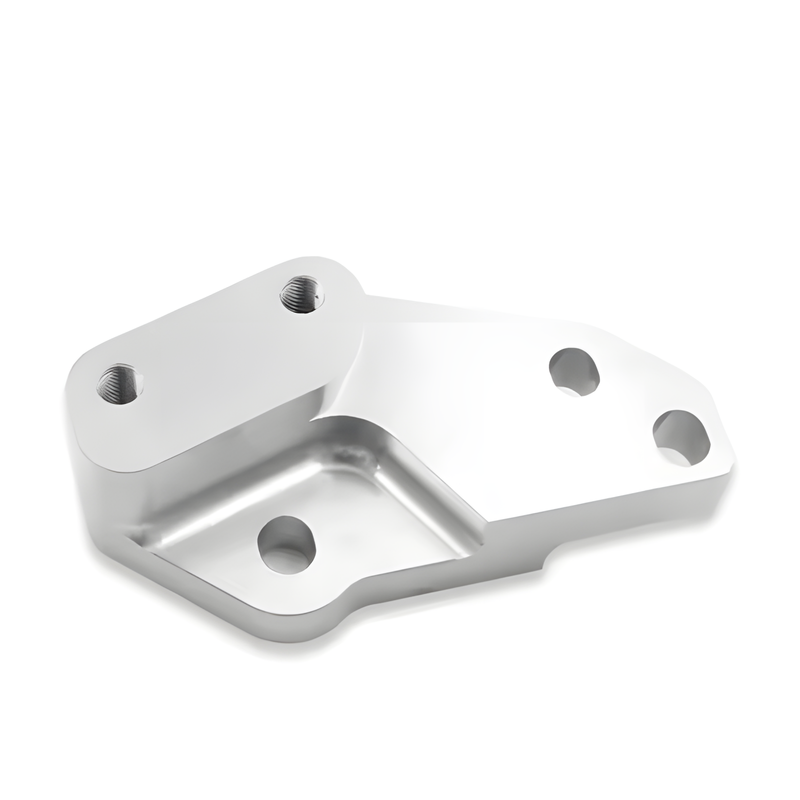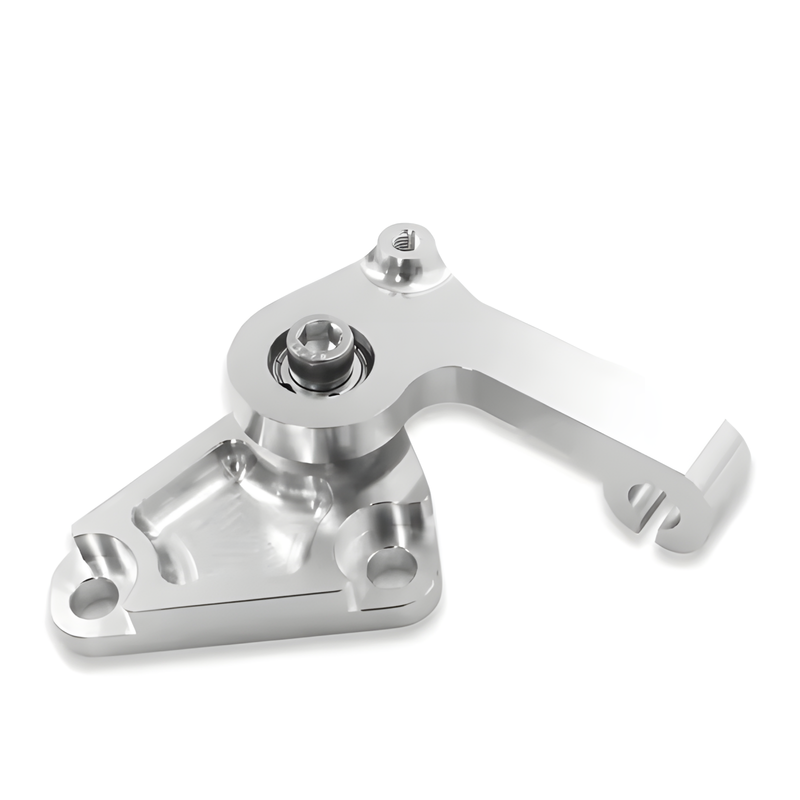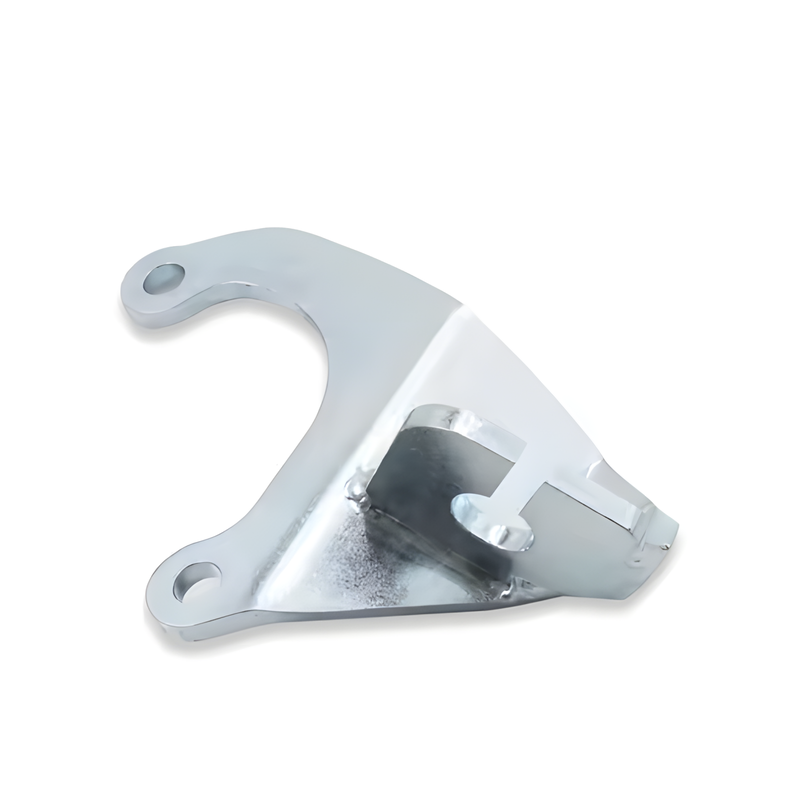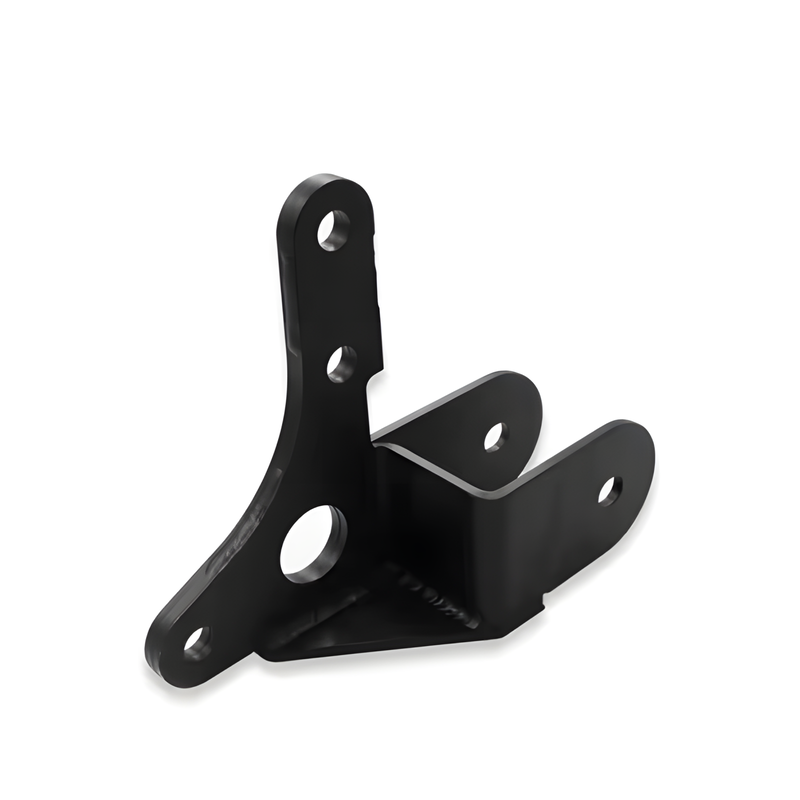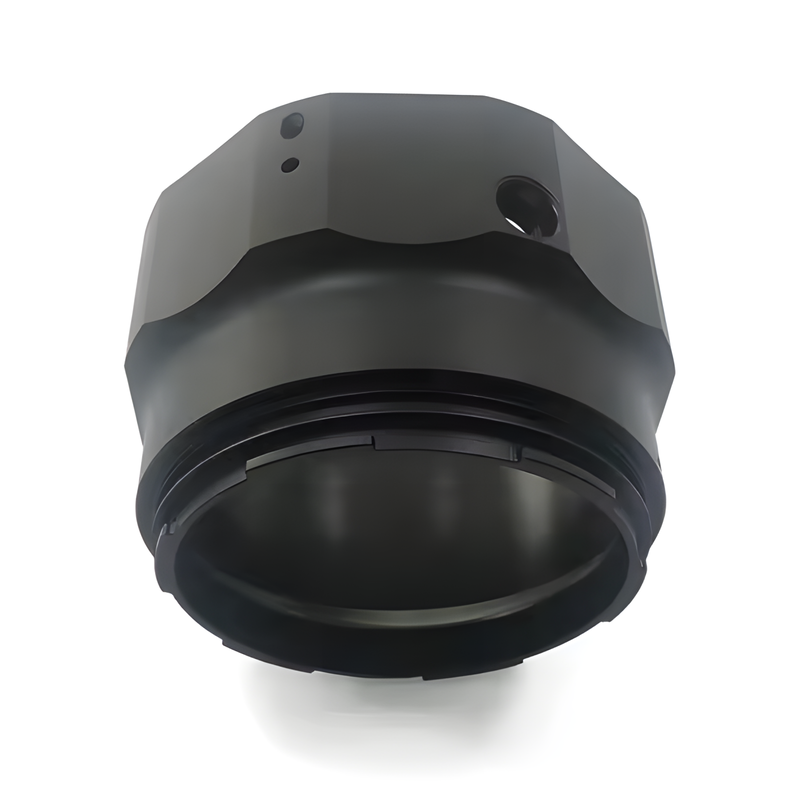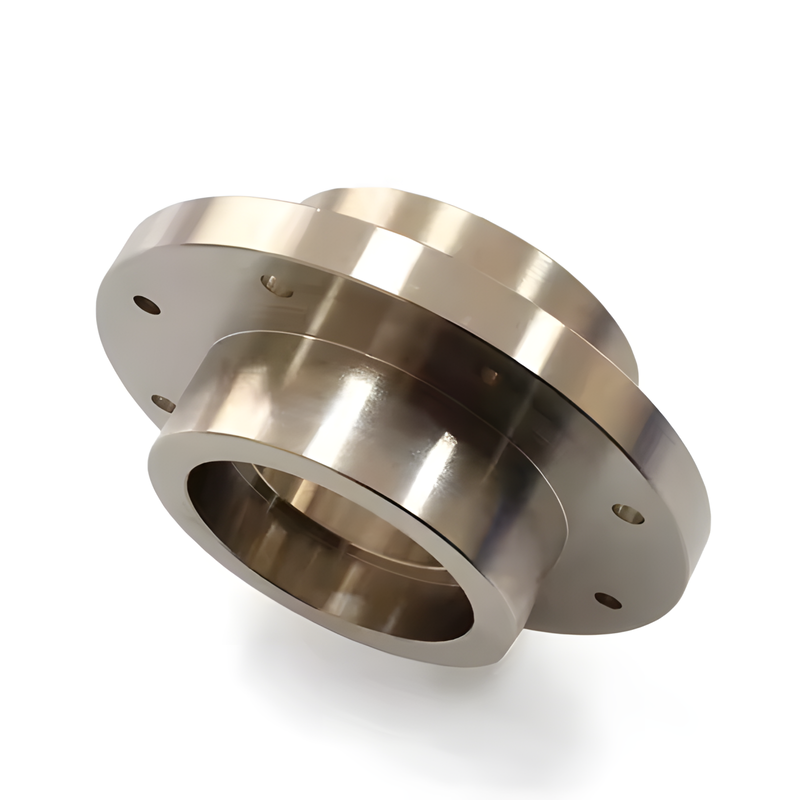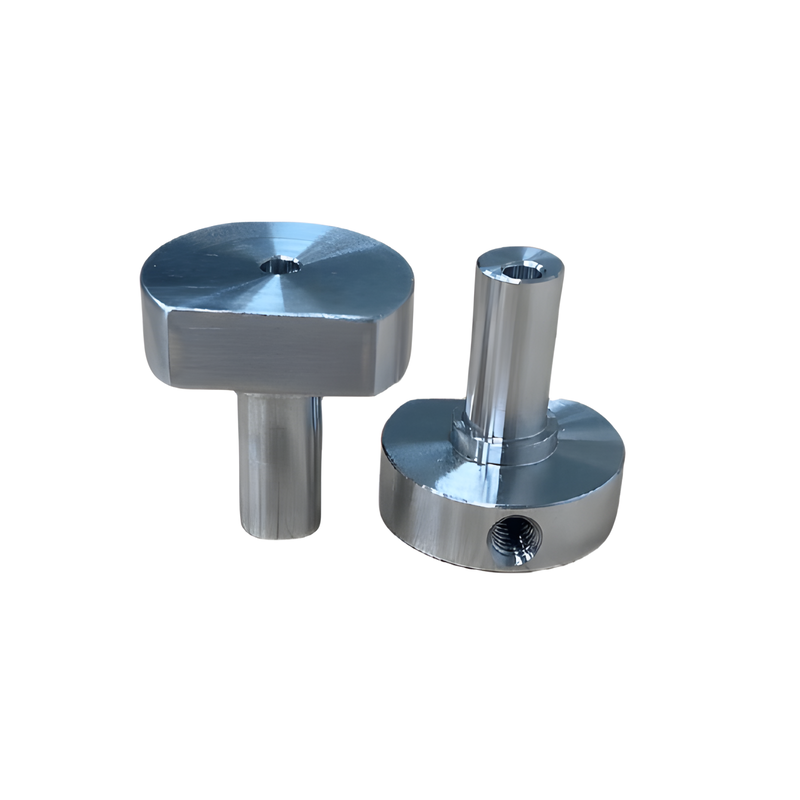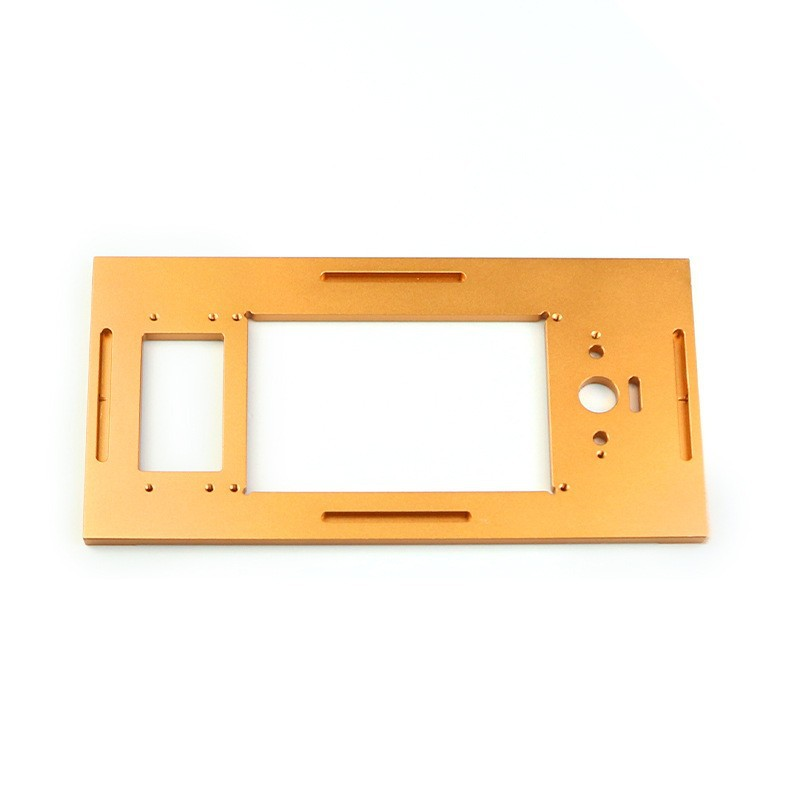Product Description
The Hydraulic Transmission Conversion system upgrades your vehicle's traditional drivetrain to a hydraulic-based system for smoother power transfer. It enhances efficiency, providing faster acceleration and improved fuel economy. With precision engineering, it offers reliable performance in various driving conditions. The conversion minimizes wear and tear on mechanical components, extending the lifespan of your vehicle. It's a cost-effective solution for reducing maintenance needs while boosting overall driving experience. Ideal for those seeking enhanced vehicle performance with minimal downtime.
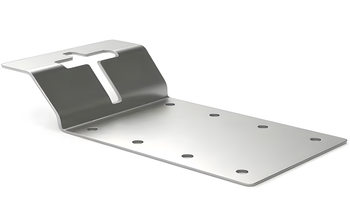
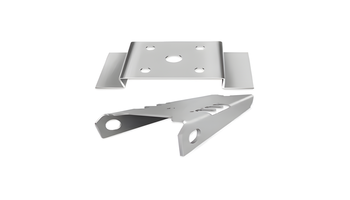
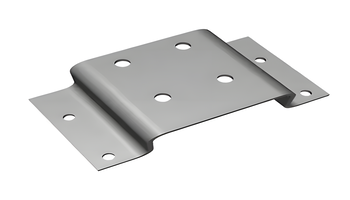
Product parameters
| List | Details |
| Product Name | Hydraulic Transmission Conversion |
| Material | 6061 Billet Aluminum |
| Color | Black |
| Quality | High-Quality |
| Type | Engine Dress-Up Kit |
| Surface | Anodized |
| Application | For Honda Civic Acura B Series Si EG EK Hatch B16A B16B B18C |
| Warranty | 1 Years |
Custom Process

1. Send inquiries

2. Drawing or samples

3. Quotation

4. Customer confirmation

5. Places order and pays

6. Mass production

7. Test & packing

8. Shipping & confirmation
Process Type

Honing
is a precision machining process used to improve the surface finish and dimensional accuracy of parts. It involves a honing tool with abrasive stones that rotate and reciprocate on the workpiece. Typically, it is used for cylindrical surfaces such as engine bores. Honing removes small amounts of material to achieve smoother surfaces and tighter tolerances. It is commonly applied in industries like automotive and aerospace. The process also enhances the part's durability and wear resistance.
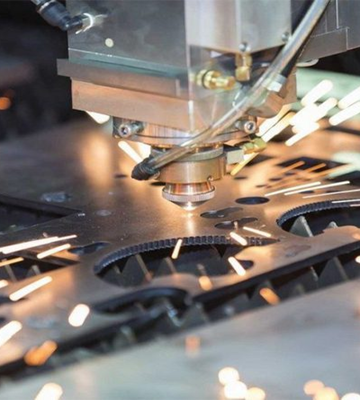
Laser cutting
is a technology that uses a high-powered laser to cut through materials like metal, plastic, and wood. The laser beam melts or vaporizes the material along a precise path. It allows for highly accurate cuts with minimal thermal distortion. This process is used in industries such as automotive, aerospace, and manufacturing. Laser cutting is fast, efficient, and produces clean edges. It can handle complex shapes and intricate designs with ease.
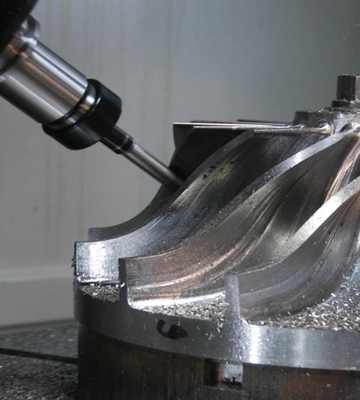
Milling
is a machining process that uses rotary cutters to remove material from a workpiece. The workpiece is fed into the cutter, which rotates at high speeds to shape it into desired forms. It can produce a variety of features like holes, slots, and complex contours. Milling is used on materials like metal, plastic, and wood. There are different types of milling, including horizontal and vertical, depending on the setup. This process is widely used in industries like manufacturing, automotive, and aerospace for precision parts.
Material
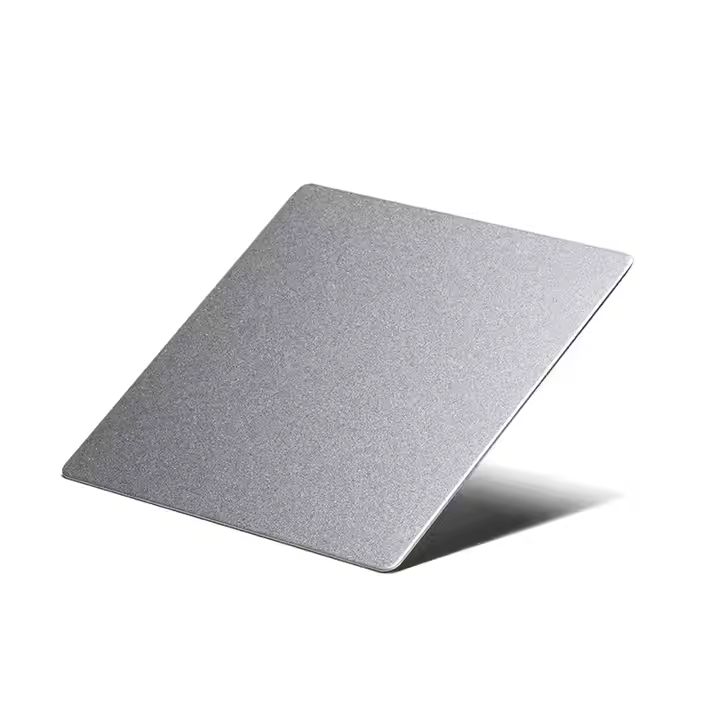
Sliver
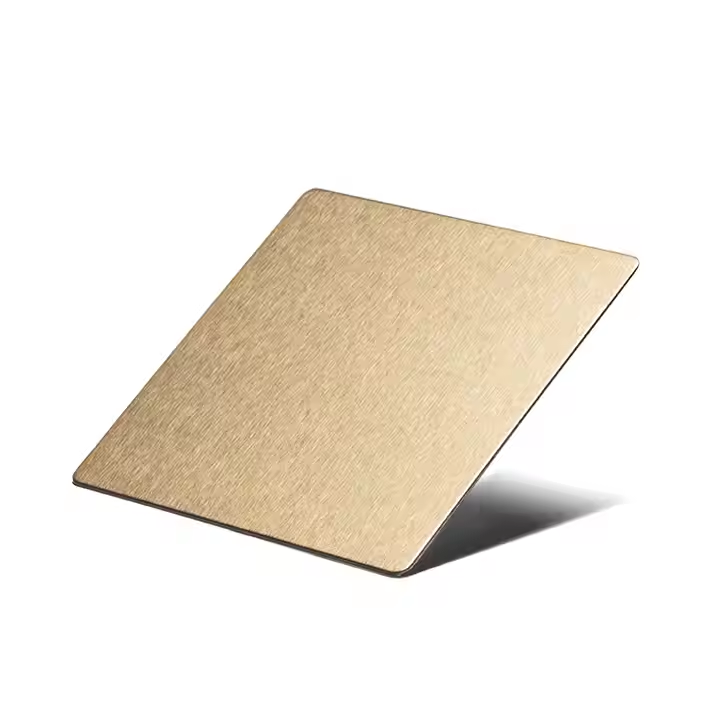
Brass
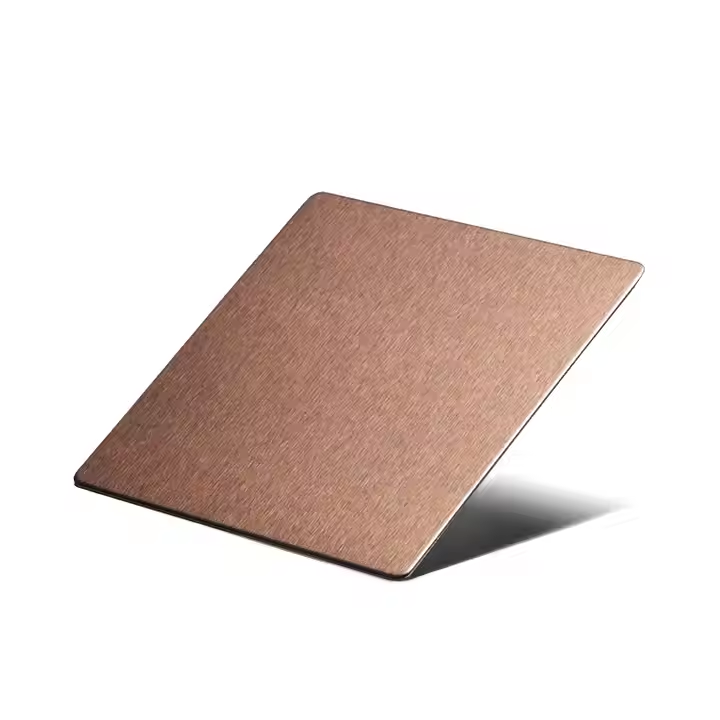
Copper
Quality Control

Processing capability
